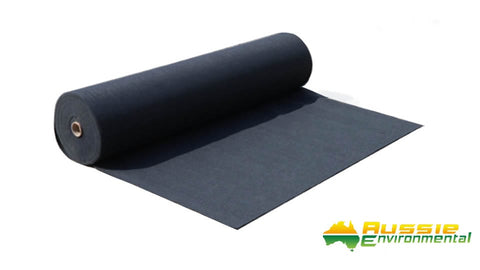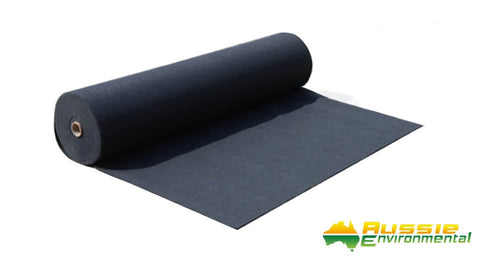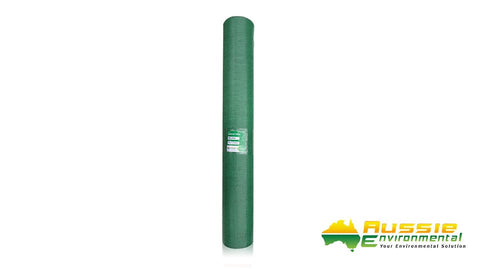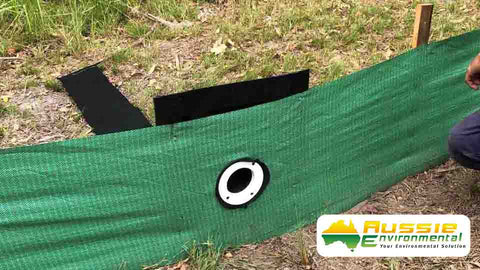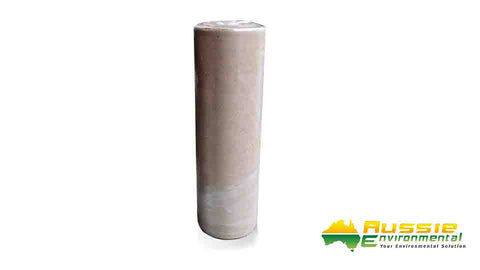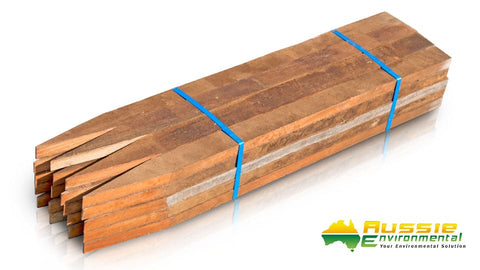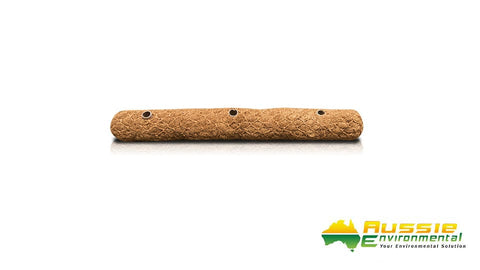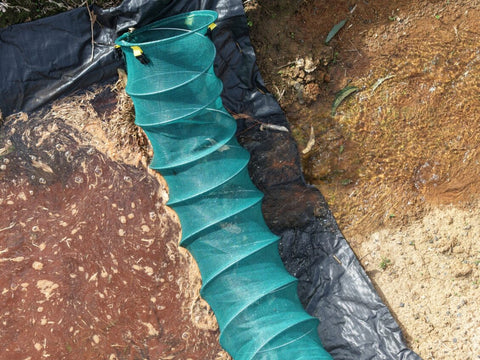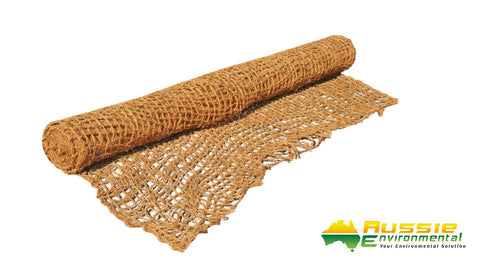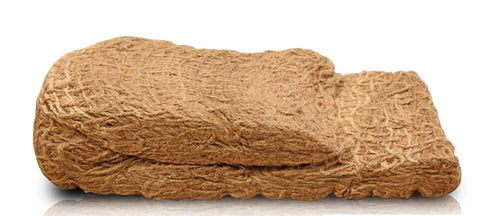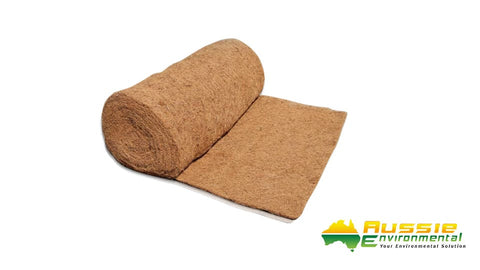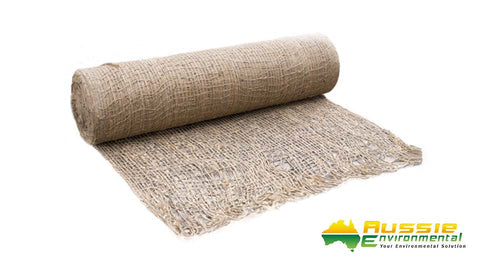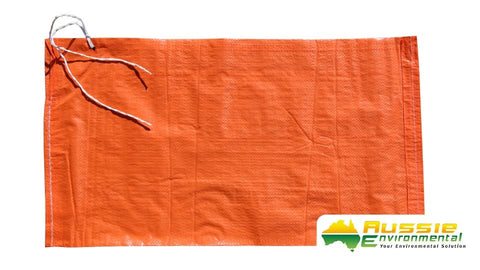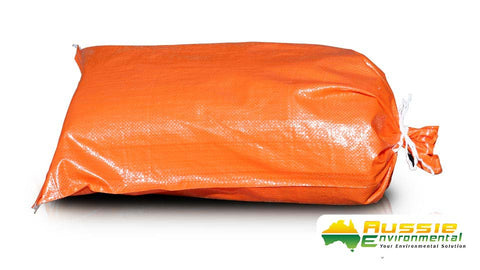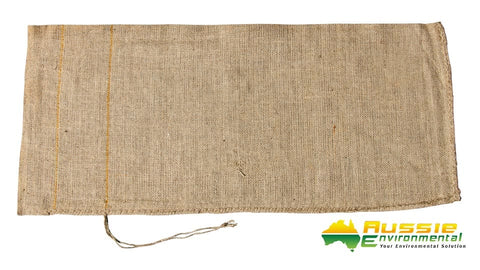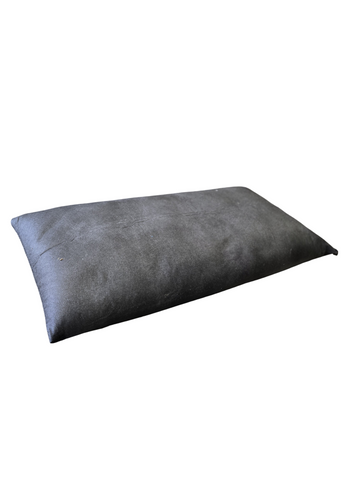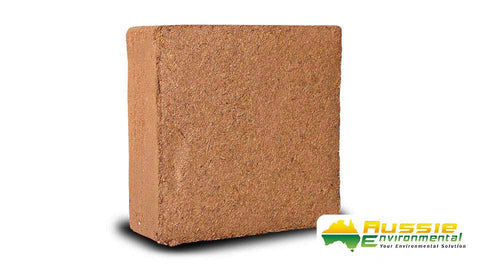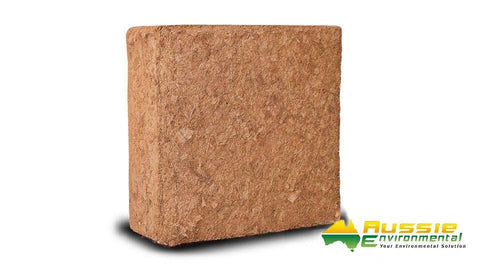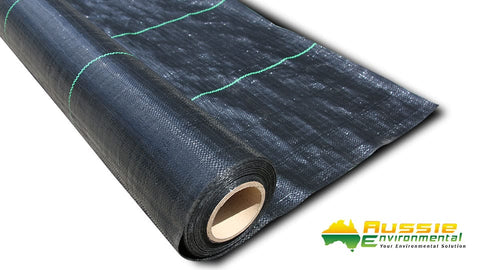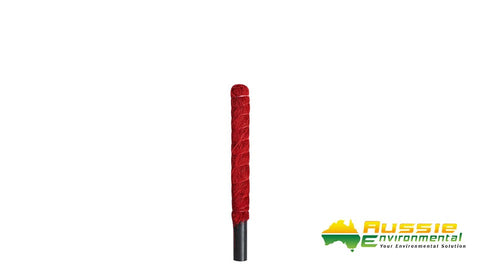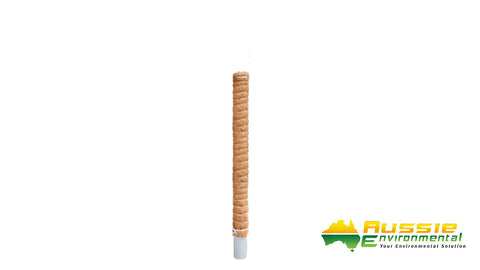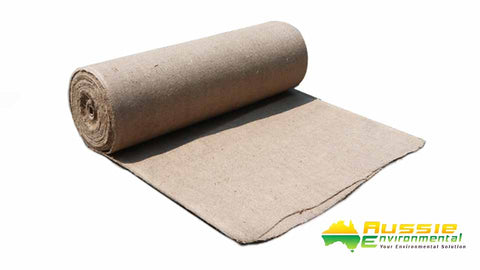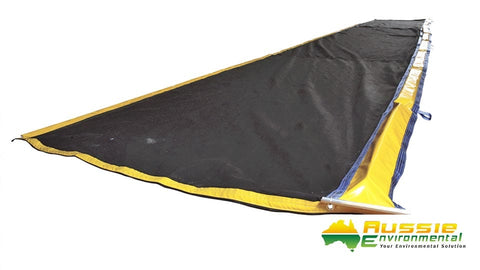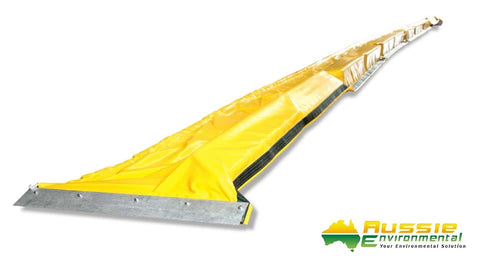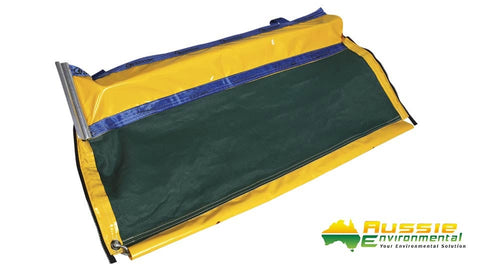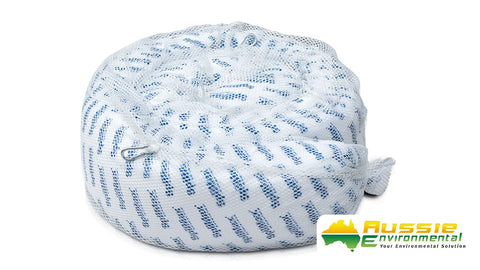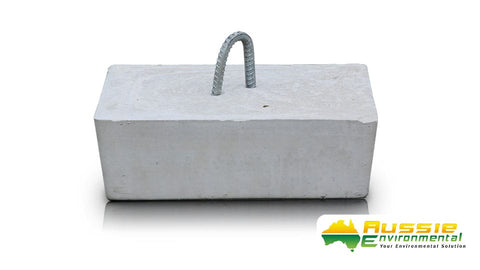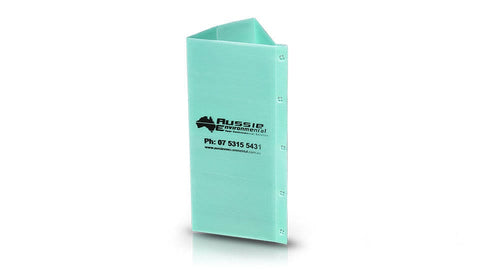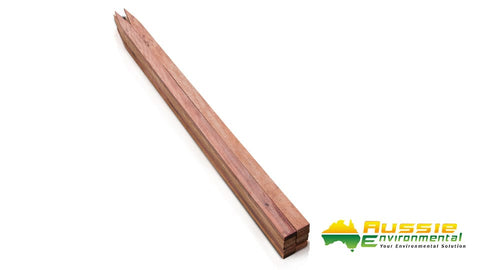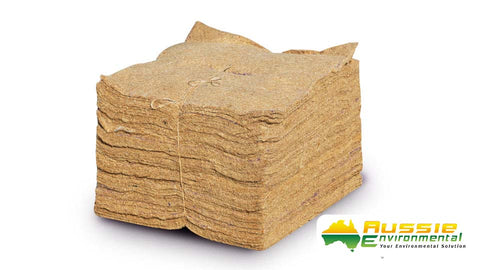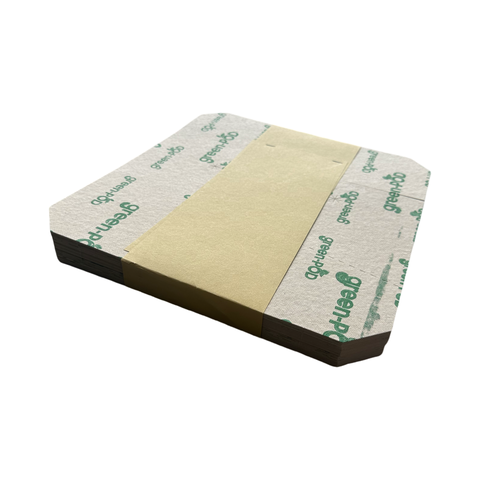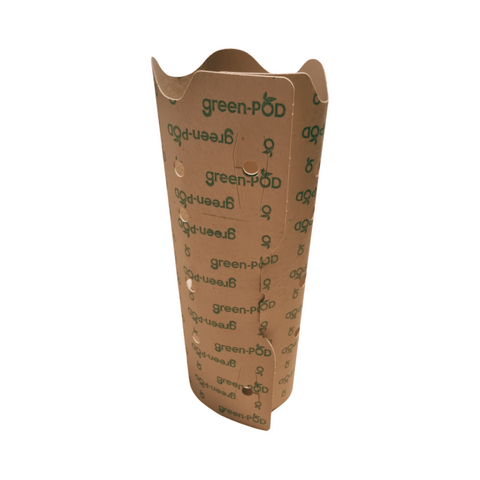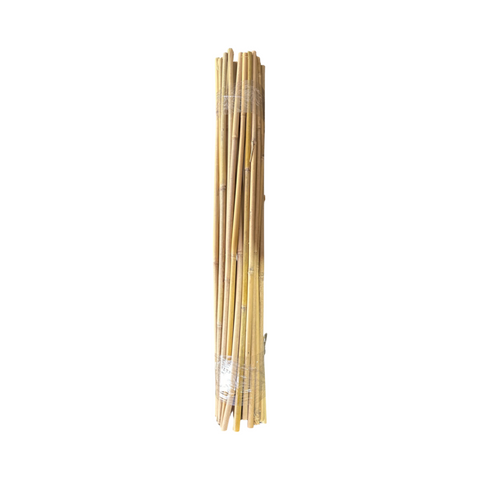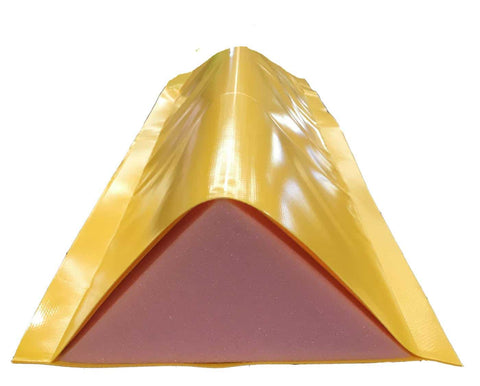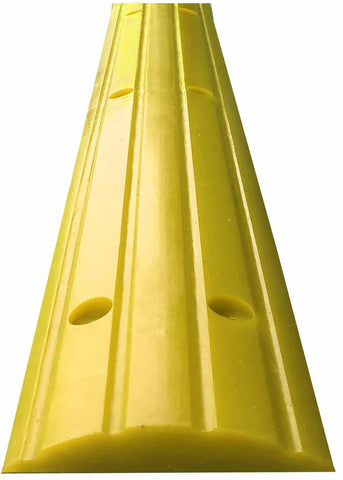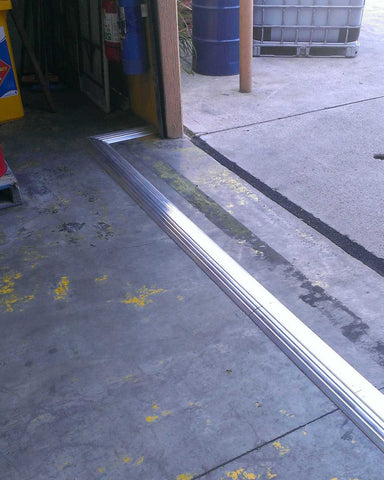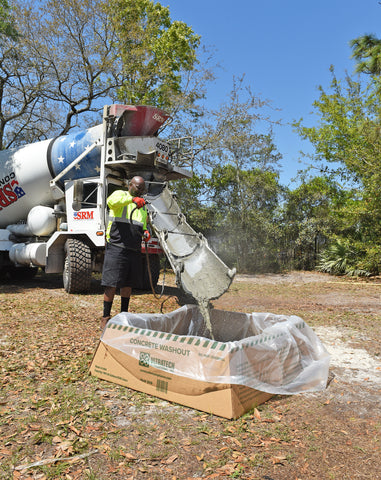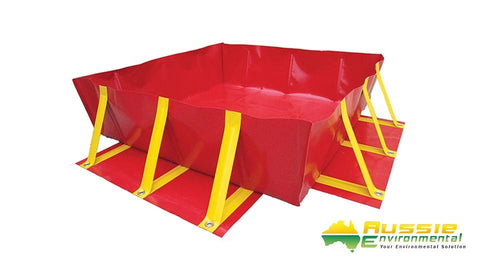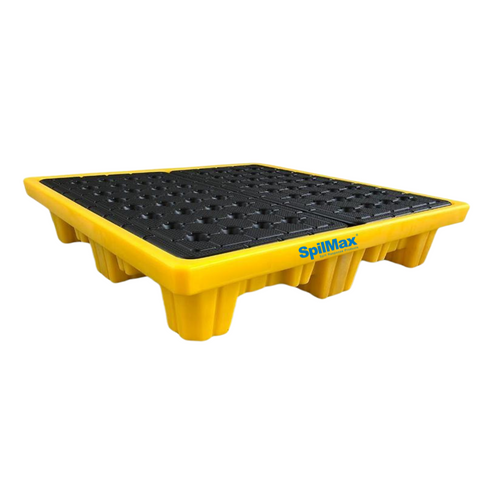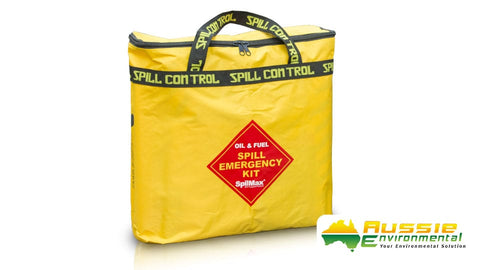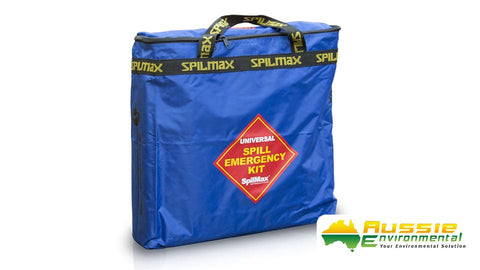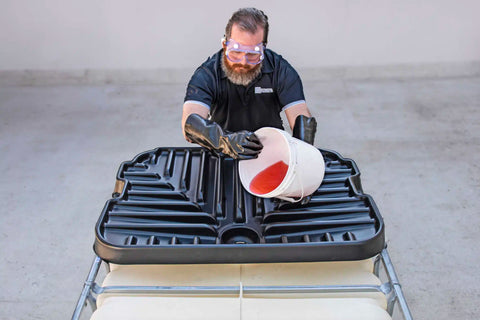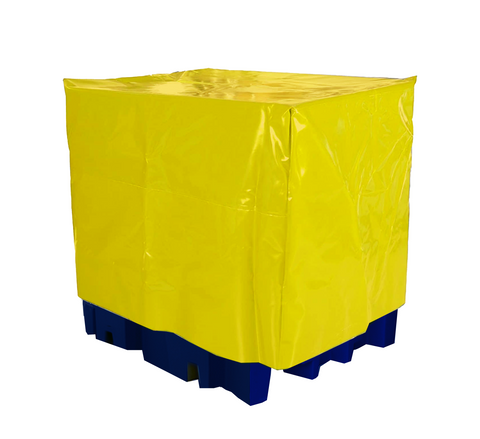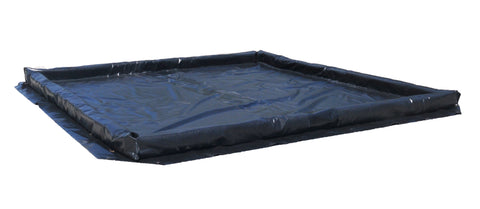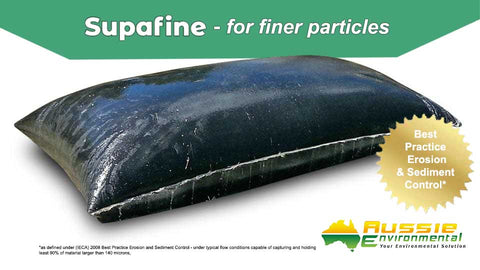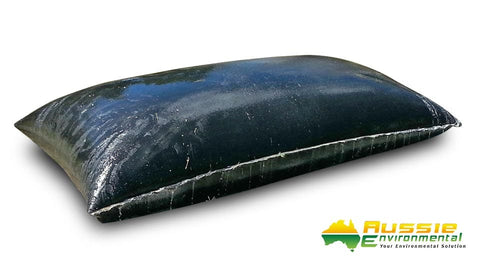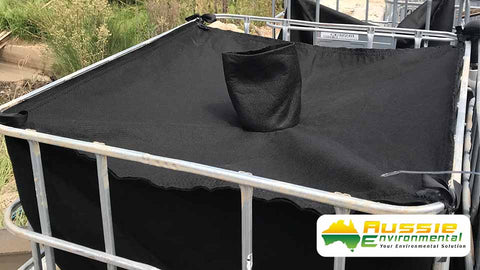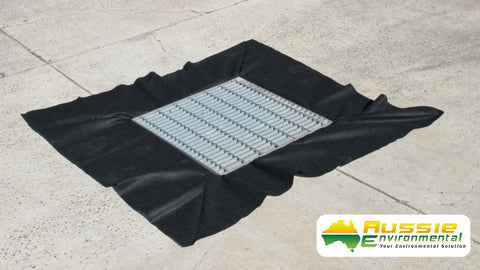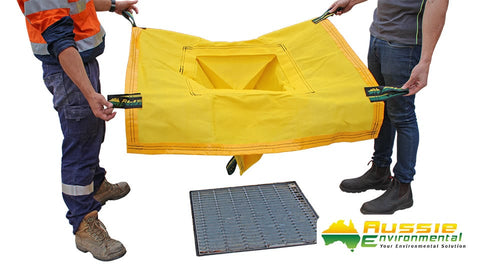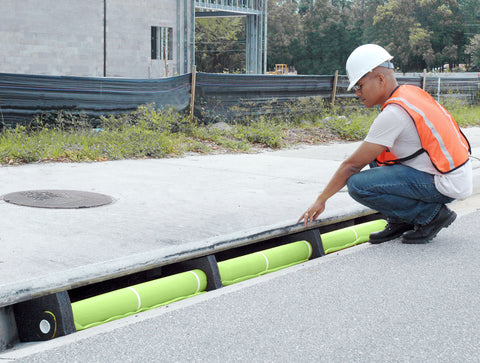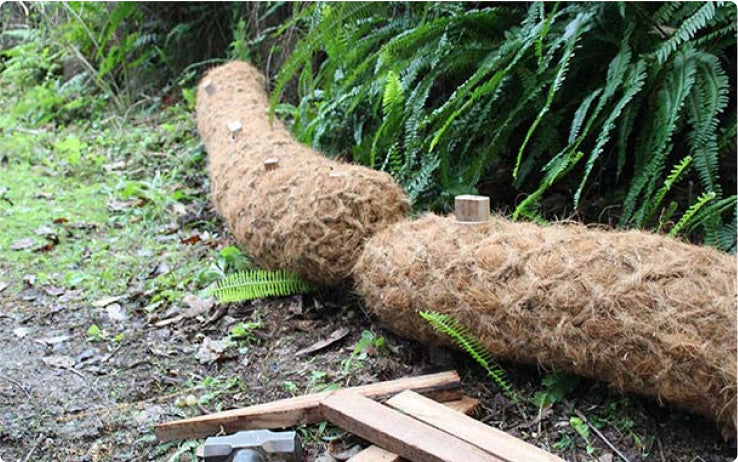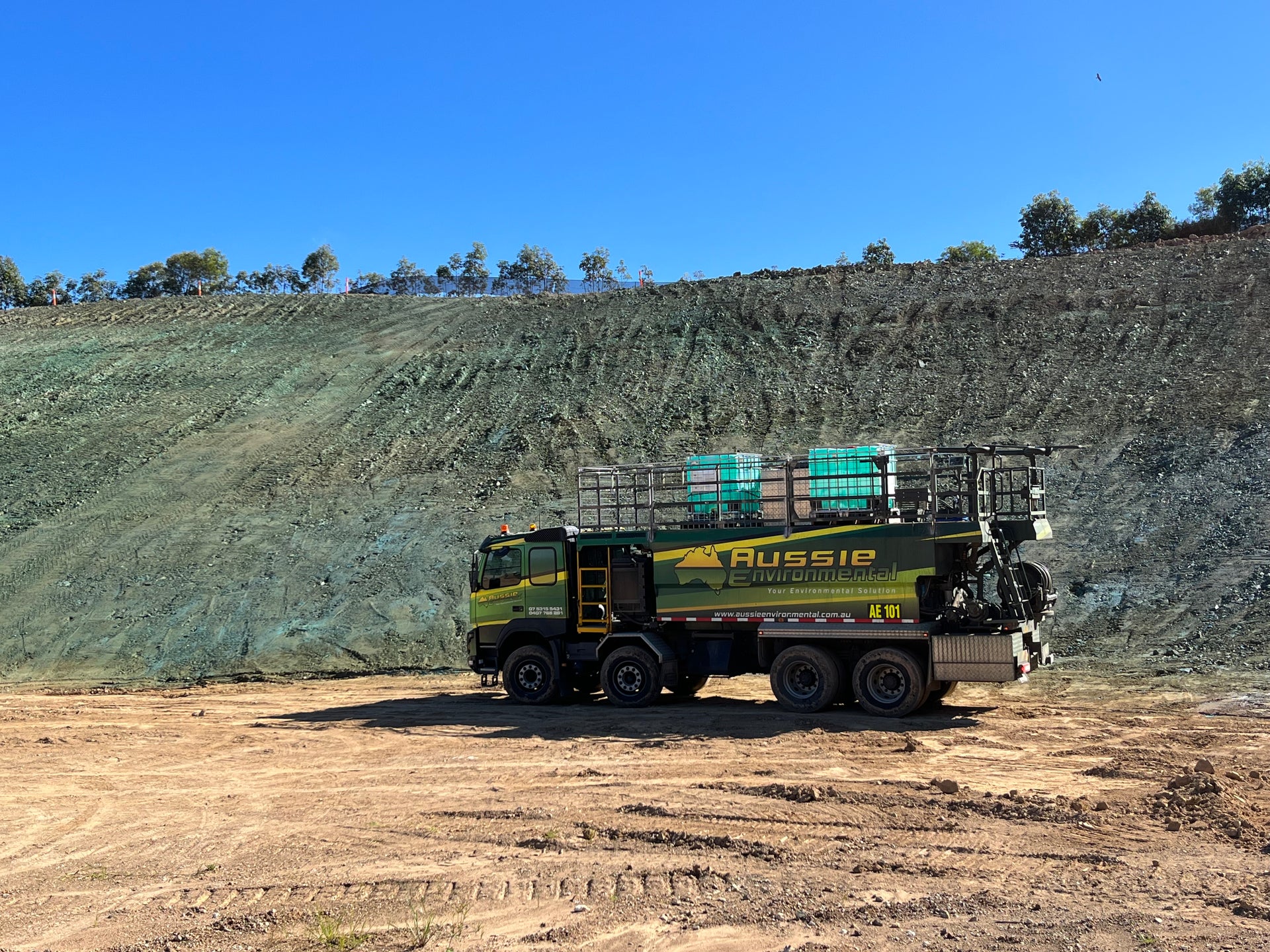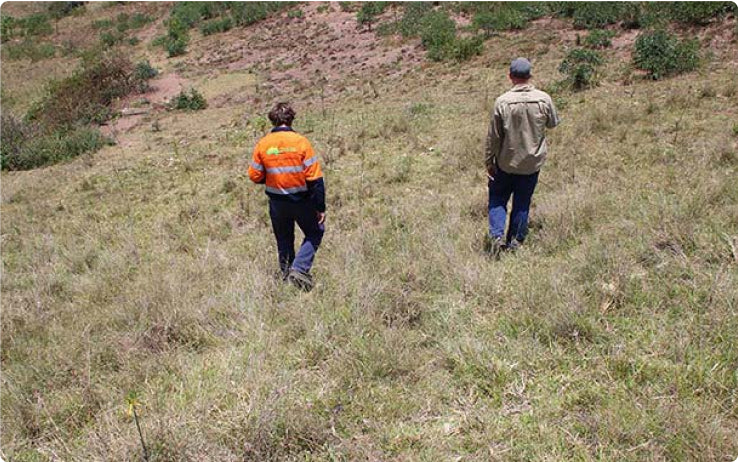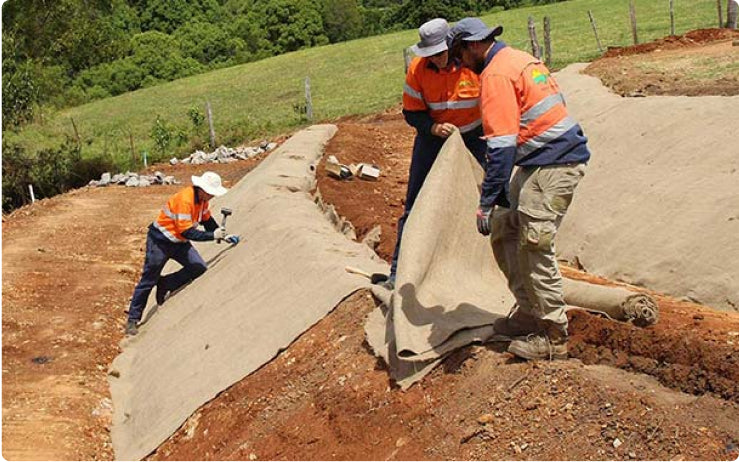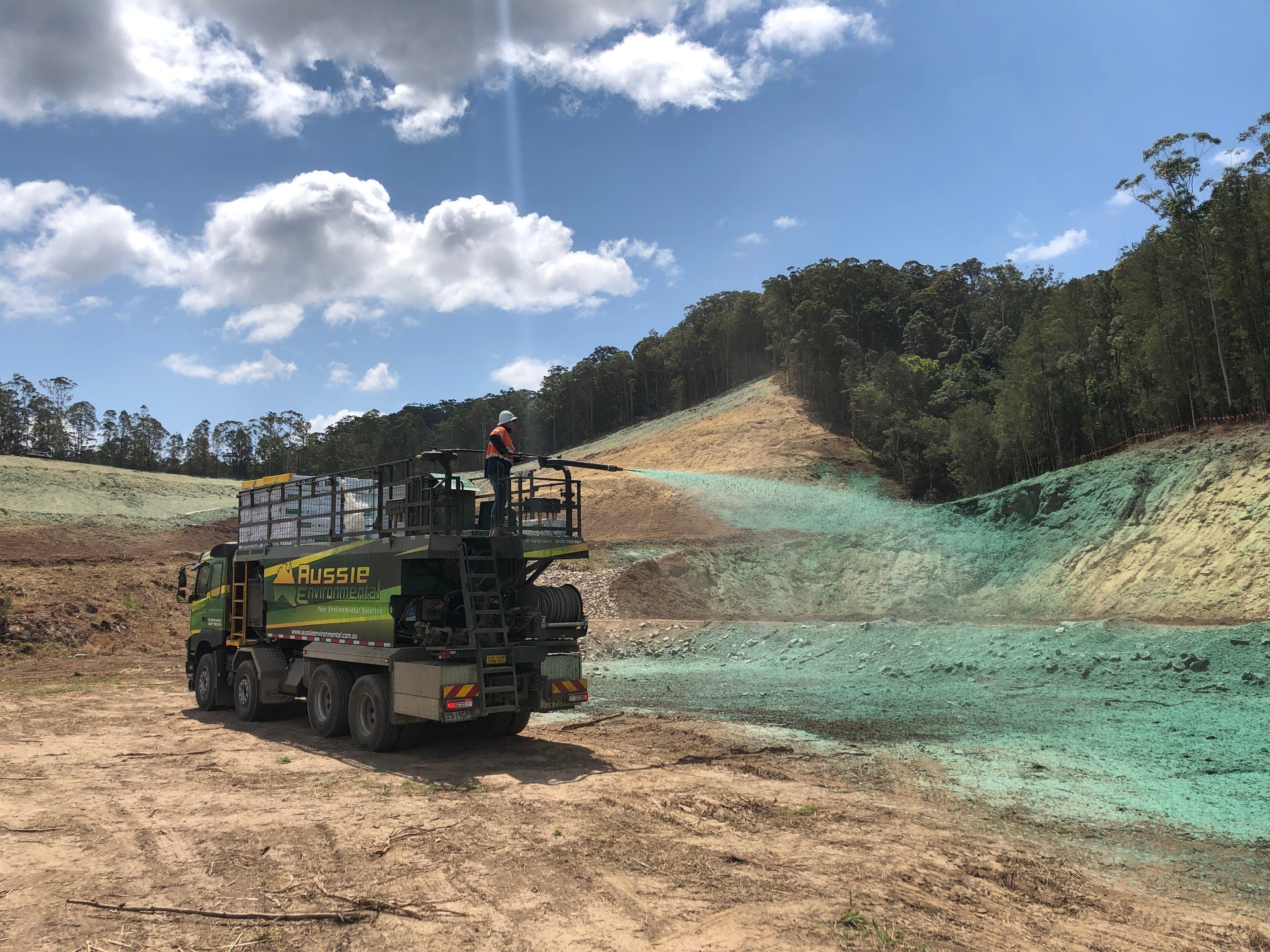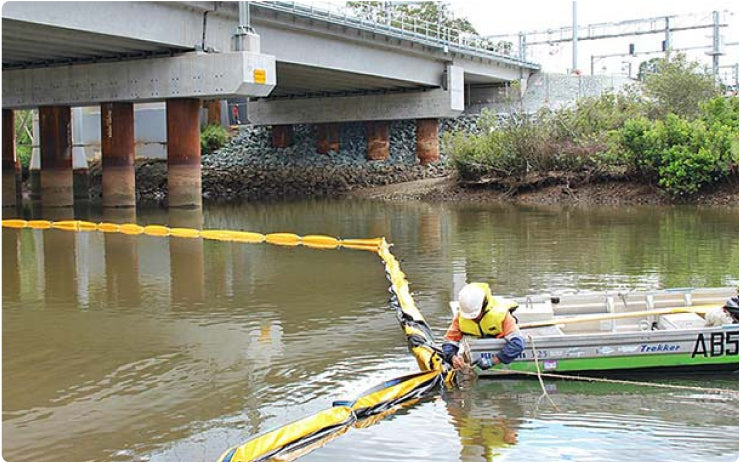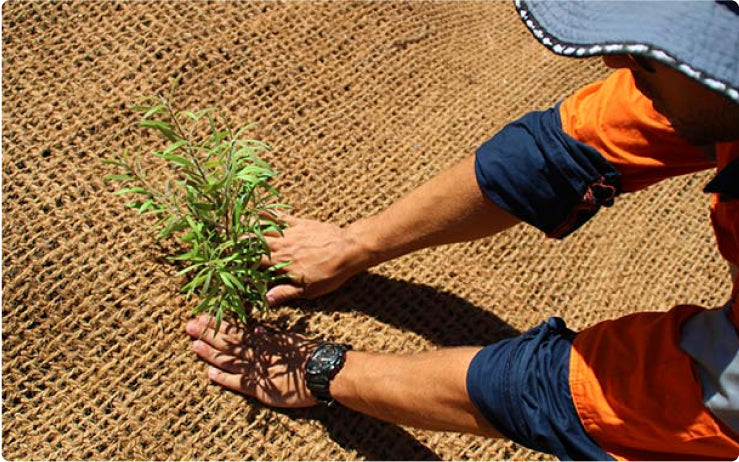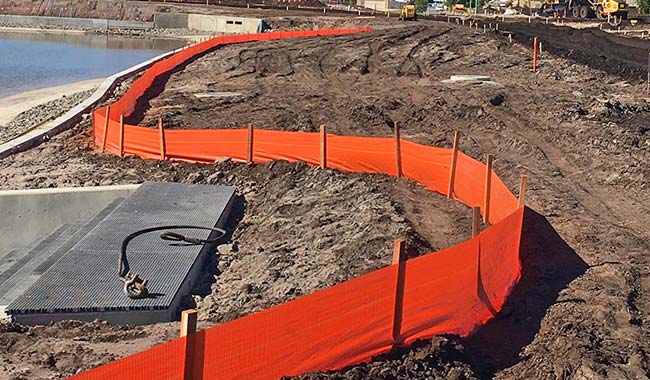Choosing the Right Geotextile Fabric for Your Project
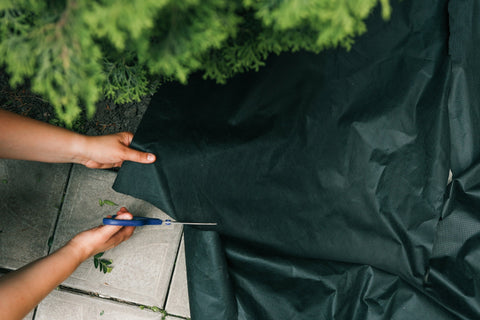
The type of project you’re working on will determine the type of geotextile fabric you require.
You may be reinforcing slopes or preventing soil washout - choosing the right type of fabric is vital for achieving a successful outcome.
With options like woven, non-woven, and biodegradable fabrics, each offers unique strengths; and understanding their functions can prevent avoidable mistakes and ensure long-lasting results, whether you’re tackling a garden slope, driveway base, or larger outdoor project.
What are Geotextiles and Where are They Used?
Geotextile fabrics are permeable, versatile materials made from synthetic fibres (like polypropylene or polyester) or natural materials (such as jute or coir). They are designed to control erosion and improve drainage by separating, filtering, reinforcing, protecting, and draining the soil.
Unlike regular fabrics, geotextiles are engineered to withstand weather, water flow, and soil pressure, making them ideal for construction and landscaping.
Geotextile fabrics are commonly used for:
- Reinforcement: These fabrics help to prevent erosion on slopes, riverbanks, and shorelines providing strength by absorbing forces.
- Stabilisation: Used on roads, driveways, and pathways, the fabric adds stability to damp, soft soils by strengthening the base layer.
- Drainage: Water is consolidated and diverted, with the plane of the fabric creating a wicking effect.
- Filtration: They can be used to line garden beds and French drains as their filtration layer allows moisture in at a controlled rate.
- Separation of Materials: Geotextiles support construction foundations and embankments by separating two different materials, providing a barrier to prevent sinkage.
Woven vs Non-Woven: Which one Should I Use?
Geotextiles come in two forms – woven and non-woven. The type you use for your project will depend on the function(s) you wish it to perform:
Woven Geotextiles
- Made by: Interlacing synthetic fibres in a crisscross pattern, similar to traditional fabric weaving.
- Strengths: With a high tensile strength, it’s excellent for soil stabilisation and load-bearing applications.
- Best Used For: Roads, driveways, retaining walls, and slopes where strength and separation are critical.
- Limitations: Due to reduced permeability, water flow and drainage are more restricted.
Non-Woven Geotextiles
- Made by: Bonding fibres together through heat, needle-punching, or chemicals, producing a felt-like texture.
- Strengths: A highly permeable fabric that allows water to pass through while filtering soil.
- Best Used For: Drainage systems, French drains, erosion control, and landscaping projects.
- Limitations: With a lower tensile strength compared to the woven fabrics, it is not ideal for heavy load stabilisation.
Benefits of Using Geotextiles
There are several benefits to using geotextiles in landscaping and construction projects:
- Erosion Control: Washouts and surface loss are prevented, protecting the soil on slopes, riverbanks, and shorelines.
- Soil Stabilisation: Weak or loose soils are strengthened, perfect for supporting roads, driveways, and retaining walls.
- Improved Drainage: Water can pass through while soil particles are filtered out, reducing waterlogging and soil displacement.
- Separating Materials: Soil, gravel, and sand layers are kept distinct, improving durability of pathways and construction bases.
- Cost-Effective & Long-Lasting: Geotextiles extend the lifespan of projects by reducing maintenance needs and minimising soil or structural damage.
- Eco-Friendly Options: Biodegradable geotextiles provide temporary protection while encouraging natural vegetation growth.
At Aussie Environmental, we stock a large range of geotextiles to suit every style and size of landscaping project. Browse our stock now.




